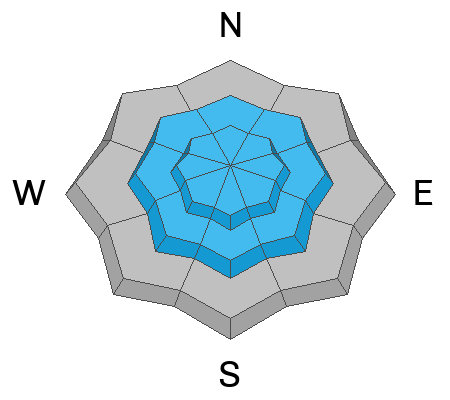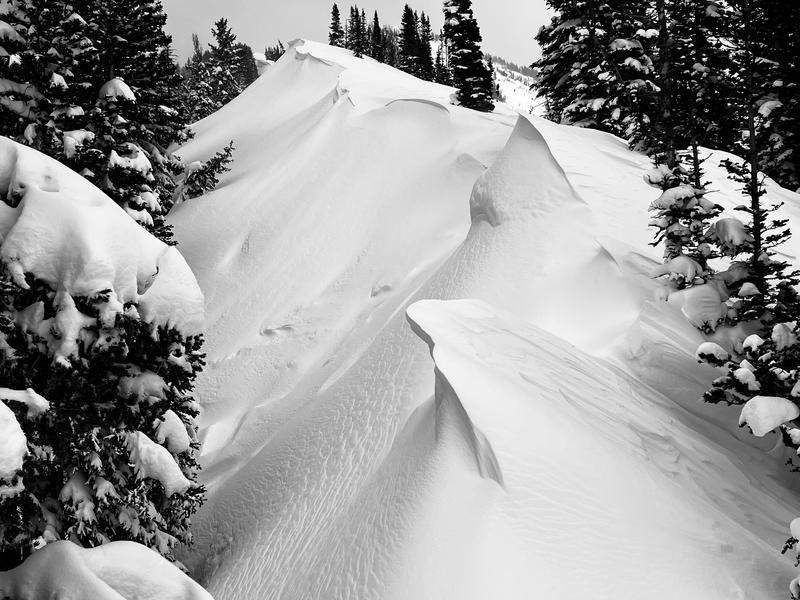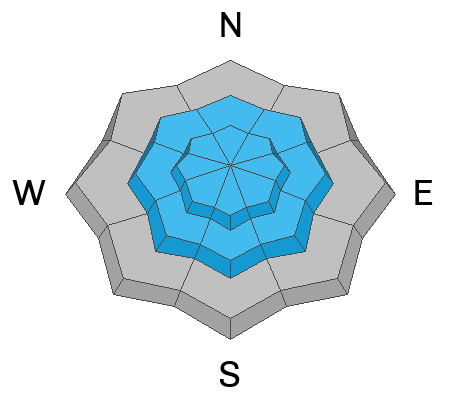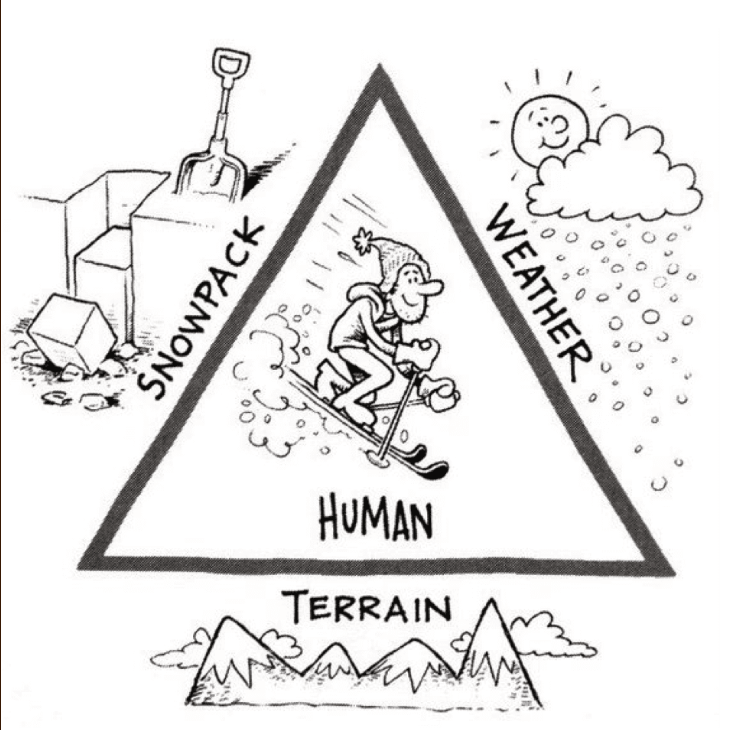Forecast for the Ogden Area Mountains

Issued by Nikki Champion on
Monday morning, April 1, 2024
Monday morning, April 1, 2024
Today, the avalanche danger is CONSIDERABLE in upper elevation terrain, where humans are likely to trigger wind-drifted snow avalanches. The mid-elevation slopes that received generally less wind and snow have a MODERATE danger. Low elevations have a LOW avalanche danger.
Use careful snowpack evaluation and cautious route-finding when you are near or approaching exposed ridgetops or areas where strong winds have transported new snow. If the sun comes out at any point during the day, the snow surface will rapidly heat up, and we could begin seeing small wet-loose avalanches on solar aspects.

Low
Moderate
Considerable
High
Extreme
Learn how to read the forecast here







